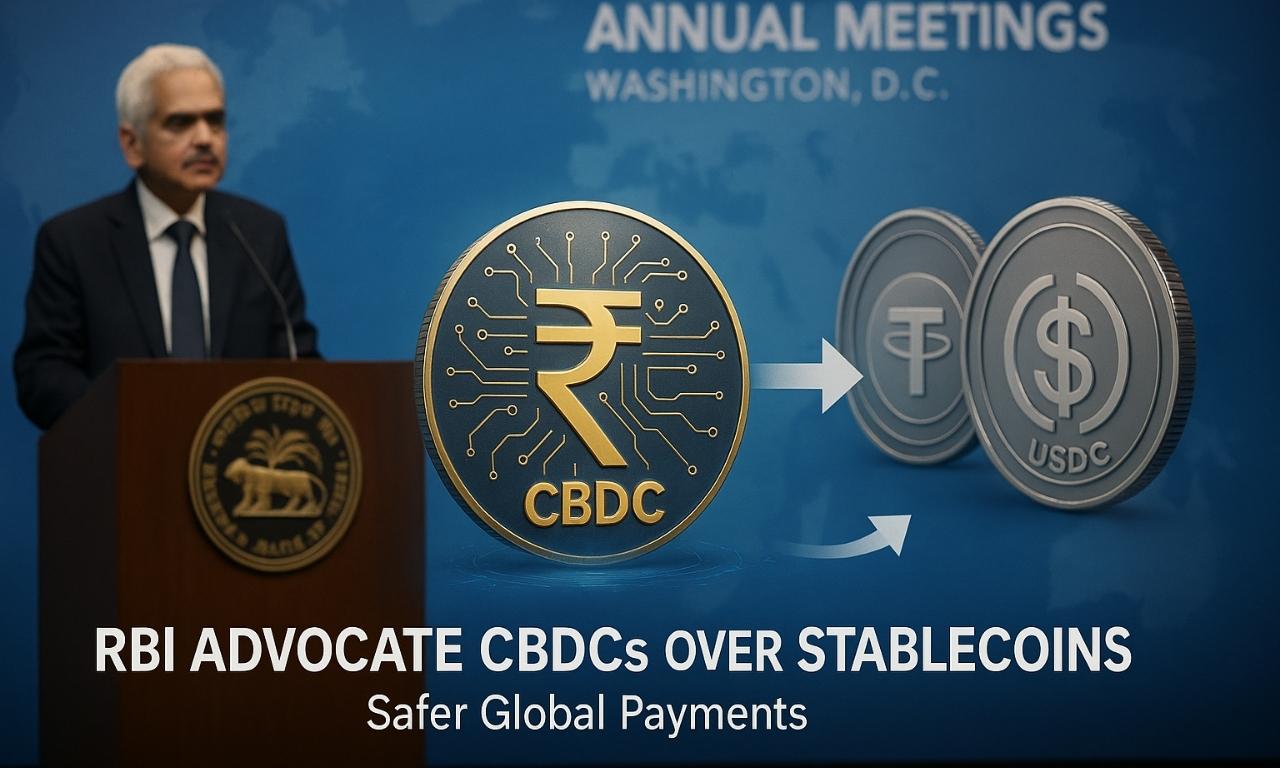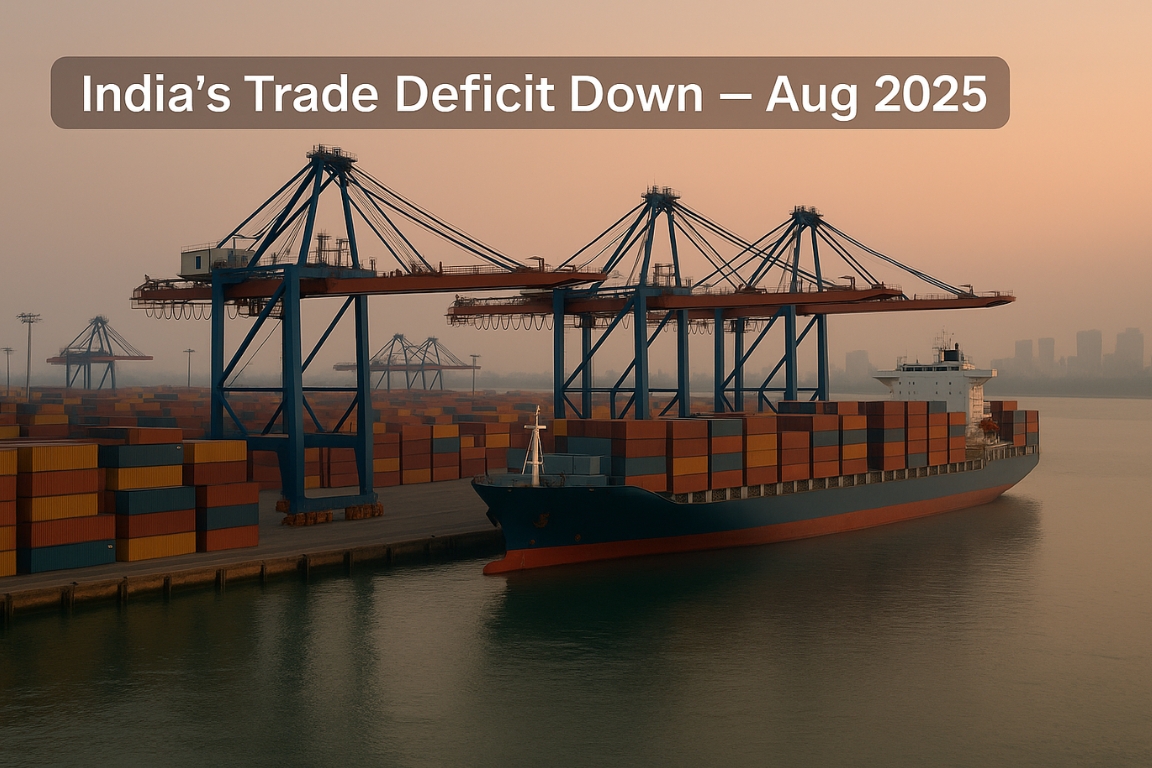At the IMF–World Bank annual meeting in Washington D.C., RBI Governor Sanjay Malhotra urged global central banks to promote Central Bank Digital Currencies (CBDCs) over stablecoins for cross-border transactions.
What are Stablecoins
- Stablecoins are digital cryptocurrencies designed to maintain a fixed value by linking their worth to a stable asset like a fiat currency (e.g., U.S. dollar), gold, or a combination of assets.
- They aim to reduce the volatility seen in cryptocurrencies such as Bitcoin and Ethereum and enable quicker, cheaper international transactions.
- Types:
- Fiat-backed stablecoins (e.g., USDT, USDC) are supported by actual currency reserves.
- Crypto-backed stablecoins are collateralised by other digital assets like Ethereum.
- Algorithmic stablecoins rely on algorithms to control supply and maintain value.
- Concerns:
- Lack of consistent global regulation and transparency.
- Risk of insufficient reserves or liquidity crises.
- Possibility of “dollarisation” — where foreign currency-backed coins undermine domestic monetary control.

- Stablecoins = digital money with stable value (like digital dollars).
- Cryptocurrencies = digital assets with fluctuating value (like Bitcoin or Ethereum).
What is a Central Bank Digital Currency (CBDC)?
- A CBDC is the digital form of a nation’s legal tender, issued and fully backed by the central bank. It holds the same value and legitimacy as physical money.
- In India:
- Retail CBDC (e₹-R): Used by individuals and businesses for everyday payments.
- Wholesale CBDC (e₹-W): Used by banks and financial institutions for interbank settlements.
- Objectives:
- Reduce cash dependency and operational costs.
- Strengthen financial inclusion and payment efficiency.
- Provide a sovereign alternative to private cryptocurrencies and stablecoins.
- Improve monetary policy transmission and secure cross-border payments.
RBI’s Stand and Rationale
- The RBI believes CBDCs combine the advantages of digital assets with the trust and stability of sovereign money.
- Private stablecoins, especially those backed by the U.S. dollar, could reduce the rupee’s role and limit the RBI’s control over monetary flows.
- India’s pilot projects for retail and wholesale CBDCs aim to test their role in domestic and international settlements.
Global Context and India’s Position
- While countries like the U.S., South Korea, and Hong Kong are framing laws to regulate stablecoins, India is prioritizing CBDCs to preserve monetary sovereignty and financial integrity.
Conclusion
By advocating CBDCs, India seeks a secure, transparent, and sovereign digital currency system that supports innovation without compromising financial stability. The RBI’s stance underscores its commitment to safe digital finance and resilient global payment systems.
This topic is available in detail on our main website.





